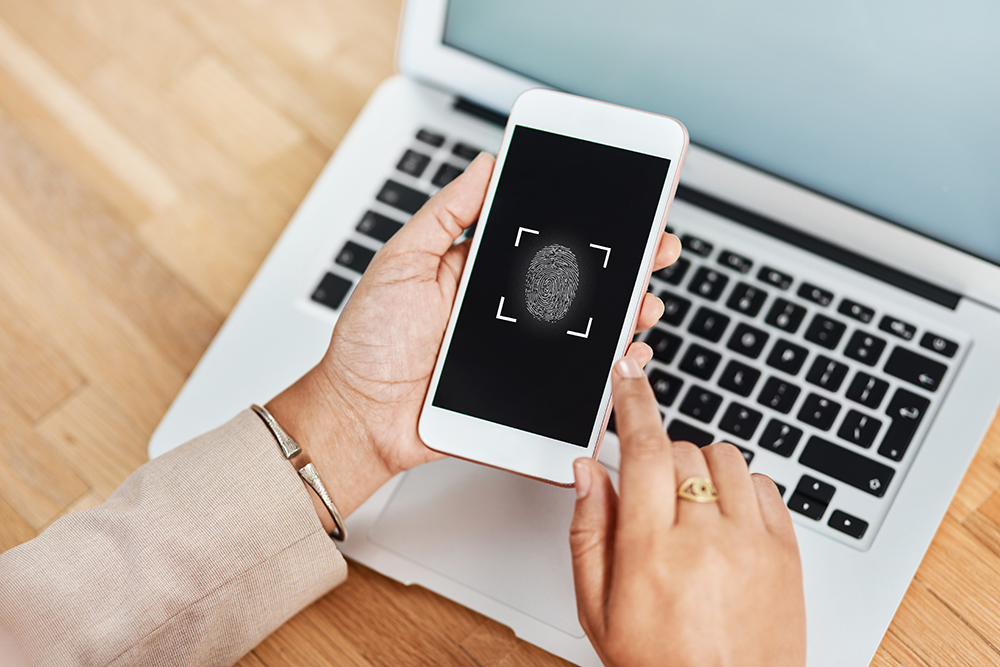
What is phishing?
What is phishing?
Phishing is a technique used by hackers to deceive individuals into providing sensitive data, such as personally identifiable information, banking and credit card details, and passwords. They often do this by posing as legitimate institutions and contacting the person or persons by email, telephone or text message.
The information is then used to access important accounts and can result in identity theft and financial loss.
How to prevent phishing?
People are easily enticed to click on links that seem exciting, worrisome, or inquisitive. Do not be easily motivated to click on any link until you consider who the email is from, what the intent is, and where the link or instructions are asking you to go. The following steps can protect you from fraudulent email phishing attacks:
1. Check the source of the sender
An email address may seem safe or legitimate, but the name shown on the email may not be the actual email. You can click on it to see more details. Phishing emails typically appear to be from a safe sender when it’s actually disguised as an unknown sender.
2. Validate the link
Malicious websites may look identical to legitimate sites, but the URL may use a variation in spelling or a different domain (e.g., .com versus .net). If you are unsure whether an email request is legitimate, try to verify it by contacting the company directly.
When hackers send phishing emails, they usually disguise their malicious link under a “legitimate” URL name. Hold the cursor over the links to see the real website you will be directed to and check if it is safe to access. If you are unsure of the validity of the link, it is best to type in the correct URL yourself and check if the same requests exist for your account.
3. Determine the purpose for the email
Emails are sent with an intent. Some provide information, some are conversation-based, some want to sell you something, and some want to steal your information. You need to be clear on what is the intent of the email you received. If it is from JN Bank or JN Group asking you to update your account or personal information, you should be suspicious. Keep in mind that the JN Group, or any of its member companies, never request customer data by telephone, email or letter. If there is a problem with your account, the procedure should be carried out directly at the bank or through online banking.
4. Check for errors in the email
Fake emails typically have fake logos, addresses, email addresses, links, and other information. You will also notice that it is common for them to have spelling errors, extra spacing, and other grammatical errors.
5. Report suspicious activity
When you confirm that you have received a phishing email that appears to be from the JN Group or any of its member companies, it is best to report it to cybersecurity@jngroup.com. This brings to our attention any fraudulent activities that may be taking place.
It is important that you take the time to analyse emails before accepting it as safe. If you are not expecting the email, you should always be suspicious of every link and attachment you receive. Something that looks reliable is not necessarily safe. No matter how sophisticated your security system is, human error can still occur.
Reference:
Check out more stories like this

Pay Attention! Expert Calls Jamaicans to Heed Mental Wellness of Men and Boys
Mental health expert Dr Marlon Simpson is calling for urgent...

When Push Comes to Shove! Protect Yourself from MFA Fatigue Attacks
Multi-Factor Authentication (MFA) is one of the best ways to...

Salvation Army, Harvest Time and Cooreville Benefit from JN’s Labour Day Efforts
In observance of this year’s Labour Day, the JN Circle...